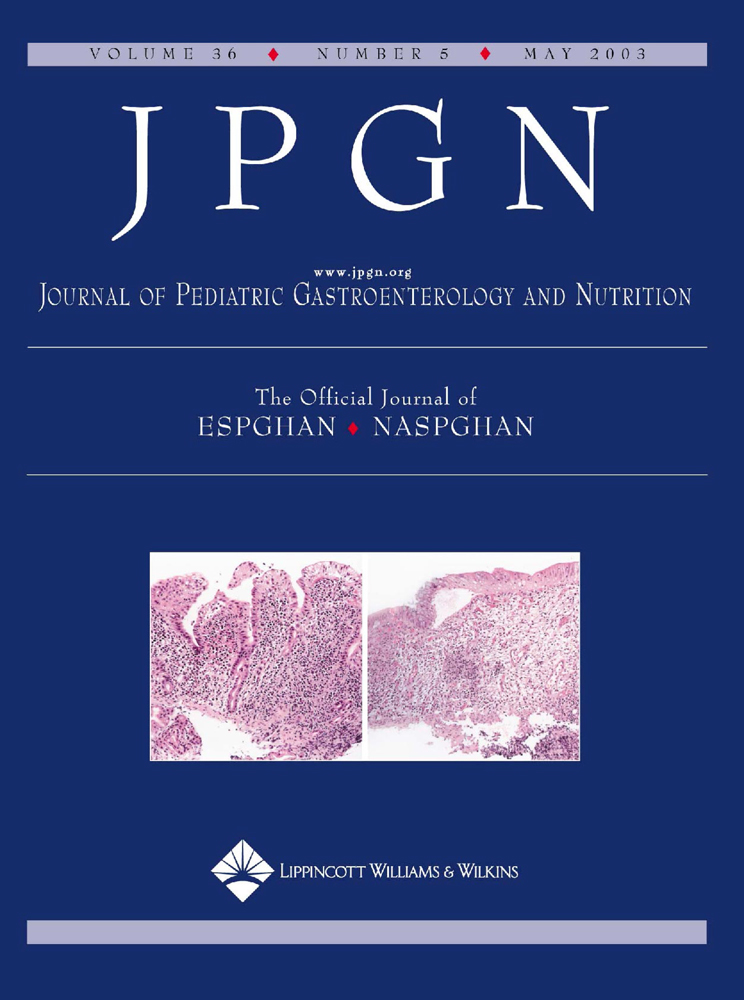Lecithin Decreases Human Milk Fat Loss During Enteral Pumping
ABSTRACT
Background
The fat content of human milk provides the majority of calories for infants. However, large fat losses in human milk have been observed using enteral pump systems, causing poor growth in infants. The fat may adhere in the pump system. Lecithin, a phospholipid, has been used in the food industry as a lipophilic emulsifier of fats.
Objective
The purpose of this study was to evaluate the effects of lecithin on the delivery of human milk fat from an enteral pump. It is hypothesized that the addition of lecithin would decrease the fat loss during human milk delivery.
Methods
Six mothers at a mature stage of lactation (>4 weeks of lactation) donated human milk. The human milk samples were stored separately at −20°C before analysis and evaluated individually. The fat content of the milk samples was estimated by the creamatocrit method, in which the samples were centrifuged in a standard hematocrit tube and the fat layer read with vernier calipers and expressed as a percentage of the length of the milk column to the nearest 0.5%. The accuracy of this method is 92%. The Kangaroo 324 Feeding Pump (Sherwood Medical, St. Louis, MO) was used as the continuous pump system. The human milk samples were divided into either control samples without lecithin or with lecithin (1 or 0.5 g soy lecithin dissolved in 50 mL milk). All samples were pumped at 10 to 50 mL/h for at least 4 hours. The pumped milk was collected in an iced container, and creamatocrits were determined in duplicate.
Results
There was significant fat loss in the control milk samples compared with the milk samples with added lecithin. The average fat loss was 58% ± 13% for control samples and 55% ± 26% for the milk with 0.5 g soy lecithin. Milk with 1 g soy lecithin averaged 2% ± 2% fat loss. The pumping rate had no effect on fat loss. The greatest fat loss (70% ± 6%)occurred during the first 4 hours of pumping.
Conclusions
The addition of 1 g soy lecithin per 50 mL milk decreased the human milk fat loss during intermittent pumping and may help infants receive more calories from human milk administered by pump.




